Winter weather can be harsh on your nails, making them more prone to brittleness, breakage, and dryness. Caring for nails in winter is necessary to keep them healthy and strong. Proper care can help maintain the health and appearance of your nails, ensuring they remain strong and resilient throughout the colder season.
Table of Contents
What happens When You don’t care about your nails in Winter?
When you do not care for your nails properly during the winter months, they can become more vulnerable to various issues and may not look or feel their best. Here are some potential consequences of neglecting nail care in winter:
- Reduced Nail Growth
- Thinning and Weakening
- Pain and discomfort
- Nail Peeling
- Nail Fungus
- Dryness and Brittle Nails
- Discoloration
To avoid these issues, it is essential to practice good nail care during the winter months, which includes moisturizing, keeping your nails clean, wearing gloves, and avoiding harsh chemicals or acetone-based nail products.
6 Tips for Caring Nails in Winter
Here are 6 tips that will help you maintain healthy nails during the winter months.
1. Keep your nails clean
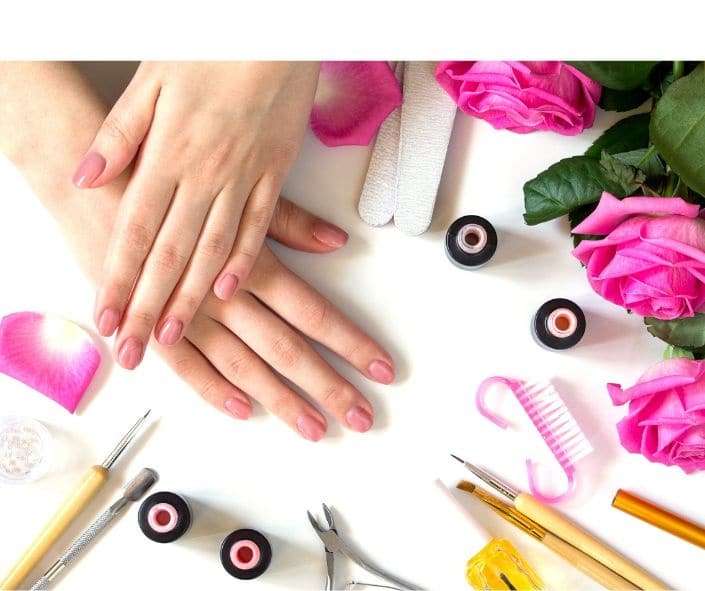
Regularly clean your nails and keep them free from dirt and debris. Use a soft nail brush and mild soap to clean under your nails.
Winter is a great time to maintain overall nail health and prevent issues like infections and damage to your nails by keeping them clean. To keep the nails clean, follow these tips
1. Wash hands regularly
2. Use a Nail Brush
3. Avoid Biting or Picking Nails
4. Wear Gloves
5. Keep Your Nail Tools Clean and
6. Check for Signs of Infection
By following these tips and maintaining good nail hygiene practices, you can keep your nails clean and healthy during the winter and throughout the year. Remember that clean, well-maintained nails not only look better but also contribute to your overall hand hygiene and health.
2. Keep Your Nails Moisturized
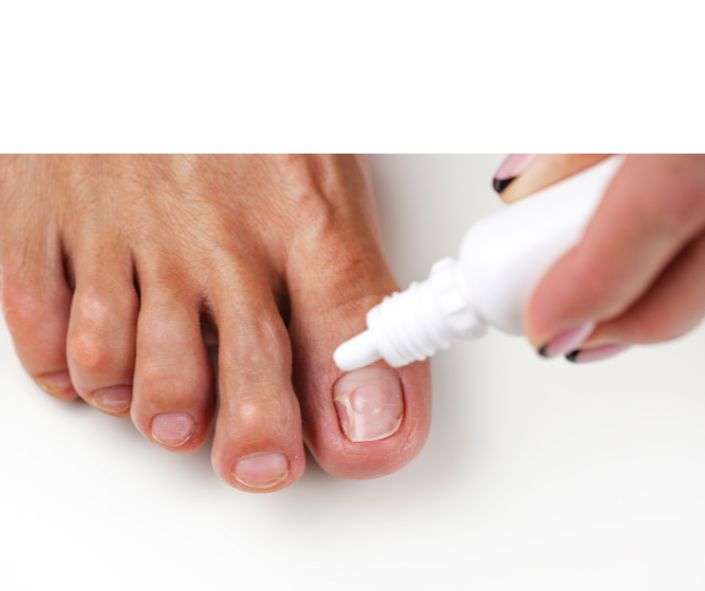
By keeping your nails and cuticles well-moisturized, you can help prevent the damage and discomfort that can come with dry winter conditions and maintain healthier, stronger nails throughout the season.
Moisturizing your nails in winter is important for several reasons:
- Prevents Dryness: During the winter months, the air is typically drier, both outdoors due to lower humidity levels and indoors due to heating systems. This dryness can lead to dehydration of your nails, causing them to become dry, brittle, and more prone to breakage.
Avoid Excessive Use of Hand Sanitizer as it makes nails dry and
2. Protects Cuticles: Moisturizing your nails also helps protect your cuticles. Dry cuticles can crack, peel, and become painful, making it essential to keep them hydrated and healthy
3. Promote Nail Strength: Well-moisturized nails are less likely to break or split. They are more flexible and less prone to brittleness, allowing them to grow longer and stronger
4. Enhance Appearance: Properly moisturized nails tend to have a smoother and shinier appearance. Well-hydrated nails and cuticles can contribute to an overall healthier and more attractive appearance.
5. Prevent Hangnails: Dry and brittle nails can lead to the development of painful hangnails, which can be prevented with regular moisturization.
To moisturize your nails effectively in winter:
Apply a nourishing cuticle oil or cream regularly to your nails and cuticles. Look for products that contain ingredients like jojoba oil, shea butter, vitamin E, or almond oil. Be consistent with your moisturizing routine. Apply the moisturizer at least once a day, especially after exposure to water or harsh detergents. Avoid using harsh acetone-based nail polish removers, as they can strip moisture from your nails. Opt for acetone-free alternatives. Stay hydrated by drinking plenty of water, as internal hydration also plays a role in the health of your nails. The cold air can dehydrate your nails and cuticles. Apply a nourishing cuticle oil or a thick hand cream containing ingredients like shea butter or jojoba oil to keep your nails and cuticles moisturized.
3. Wear Gloves
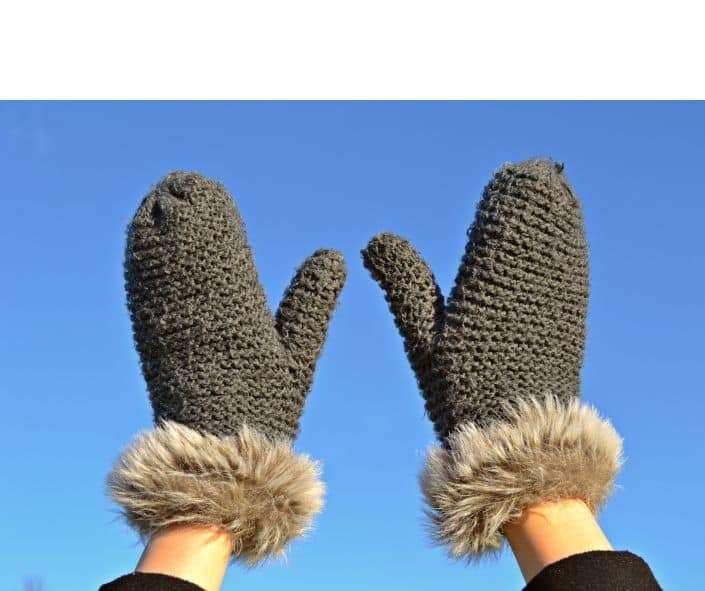
When you are outside in the cold, do not forget to wear gloves to protect your hands and nails from the harsh weather. This is very important to prevent them from becoming overly dry and brittle.
Wearing gloves in winter is essential for several reasons, such as:-
1. Protect from Cold: The primary purpose of winter gloves is to keep your hands warm. Exposure to cold temperatures can lead to frostbite or discomfort, and gloves help to maintain a comfortable temperature for your hands.
2. Prevent Dryness: Cold air in winter tends to be dry, which can lead to dry, chapped skin. Gloves act as a barrier, preventing the loss of moisture from your hands and reducing the risk of dryness and cracking.
3. Avoid Frostbite: In extremely cold conditions, exposed skin, including your fingers, is susceptible to frostbite, a serious cold-weather injury that can damage skin and underlying tissues. Gloves provide insulation and protect your fingers from frostbite.
4. Prevent Skin Irritation: Wind and cold air can cause skin irritation and redness. Wearing gloves creates a barrier between your skin and these harsh elements, reducing the risk of skin irritation.
5. Provide Comfort level: Cold hands can be uncomfortable and even painful. Gloves help maintain a comfortable temperature for your hands, making outdoor activities and daily tasks more pleasant.
6. Protection from Wind: Wind can make cold temperatures feel even colder by removing heat from your body. Gloves act as a windbreak, reducing the impact of wind chill on your hands.
7. Reducing the Risk of Illness: Keeping your hands warm with gloves can help prevent the discomfort and potential health risks associated with cold exposure. Cold hands can also weaken your immune system, making you more susceptible to illnesses.
How to Choose Proper Gloves For Winter?
Look for gloves with adequate insulation to keep your hands warm. Material like Thinsulate is a good choice for warmth.
If you live in an area with wet winter conditions, consider gloves that are waterproof or water-resistant to keep your hands dry.
Choose gloves that fit properly to ensure comfort and dexterity. A glove that is too tight may restrict movement, while a glove that is too loose may not provide enough warmth. Consider the activities you’ll be doing while wearing the gloves. Some gloves are designed for specific activities like skiing, hiking, or everyday use.
When you wear gloves in winter, you can keep your hands warm, maintain skin health, and enjoy outdoor activities comfortably.
4. Stay hydrated and Eat a Well-balanced diet

Your nails’ health is closely related to your overall well-being. Make sure you’re eating a balanced diet rich in vitamins, minerals, and protein to support nail health.
Drink plenty of water to keep your body and nails hydrated from the inside out.
It’s just as important to stay hydrated in winter as in any other season, even if you aren’t as thirsty as in summer. The cold weather, indoor heating, and other factors can still lead to dehydration.
How To Stay Hydrated In Winter?
1. Drink Water Regularly: Make a conscious effort to drink water throughout the day. Carry a reusable water bottle with you and take sips regularly, even if you don’t feel particularly thirsty.
2. Warm Beverages: Enjoy warm beverages like herbal teas, hot water with lemon, or even warm water. These can be comforting in cold weather and still contribute to your daily hydration.
3. Eat Hydrating Foods: Consume foods with high water content, such as fruits and vegetables like cucumber, watermelon, oranges, and celery. These foods can help supplement your fluid intake.
4. Use a Humidifier: Indoor heating systems can dry out the air, which can lead to increased fluid loss through respiration. Using a humidifier in your home can help maintain a more humid environment and prevent excessive moisture loss.
5. Moisturize Your Skin: Dry skin can be a sign of dehydration. Apply a good-quality moisturizer to your skin, especially in areas prone to dryness, such as your hands, face, and feet.
5. Trim and File your nails
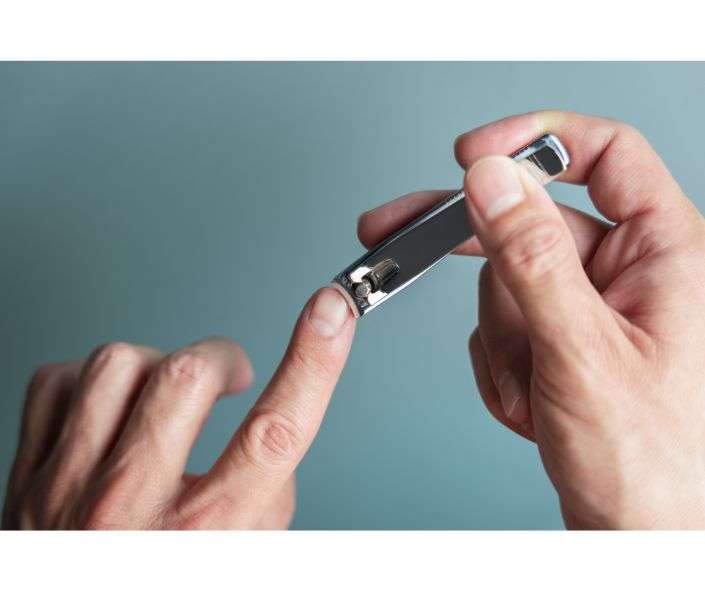
Regularly trim and file your nails to maintain a healthy length. Be gentle when filing, and always file in one direction to prevent splitting and damage. Regularly trim and file your nails to maintain a healthy length and shape. Be gentle when filing, and file in one direction to prevent splitting and damage.
Trimming and filing your nails in winter is important for maintaining healthy and attractive nails, just as it is in any other season. However, there are some additional considerations to keep in mind during the winter months due to the potential for dryness and cold weather.
6. Use quality nail polish and Avoid acetone-based nail polish removers
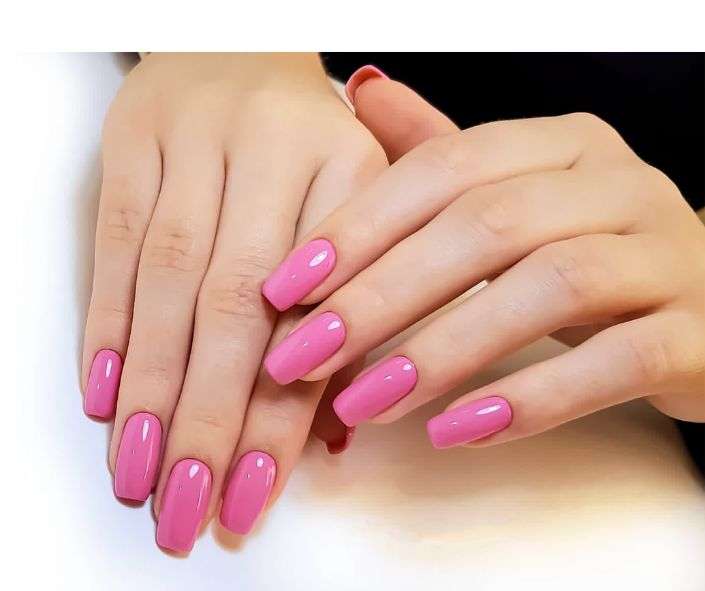
If you like to wear nail polish, choose a high-quality, nourishing base coat and top coat to protect your nails from the drying effects of nail polish. Give your nails a break between manicures to let them breathe. Acetone-based nail polish removers can be very drying to your nails. Opt for acetone-free nail polish removers or try natural alternatives like a mixture of lemon juice and vinegar.
CONCLUSION
Your nails’ health is closely related to your overall well-being. Therefore, not only in winter but caring for nails should be an essential part of your daily routine.
By following the above 6 tips, you can help maintain strong and healthy nails even during the winter months. Consistent care and protection are key to keeping your nails in top condition throughout the year. If you found this article and tips useful, do not forget to share it with your friends.
How do you care for your nails in winter? Is there anything else you do besides the tips in this article? Your comments will be highly appreciated.
Also See:
